



Marvin K.
gamer level 9
98490 xp
98490 xp
followers
45
45
Use my invite URL to register (this will give me kudos)
https://boardgaming.com/register/?invited_by=mekkie
profile badges




recent achievements

Lookout
Follow a total of 30 other gamers.
Follow a total of 30 other gamers.

Reporter
Earn Reporter XP to level up by completing Reporter Quests!
Earn Reporter XP to level up by completing Reporter Quests!

Critic - Level 5
Earn Critic XP to level up by completing Critic Quests!
Earn Critic XP to level up by completing Critic Quests!

King John's Treasure
Explore select games by completing a series of exploration actions ...learn more »
Explore select games by completing a series of exploration actions ...learn more »





















































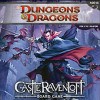












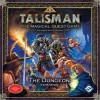





































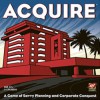







































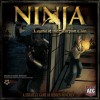



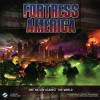
















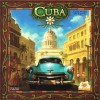







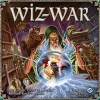








































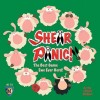



























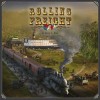





























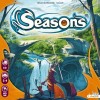














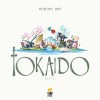
























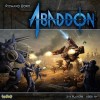
















































































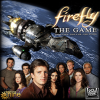









































































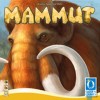







































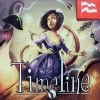
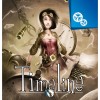








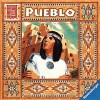











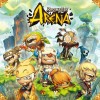










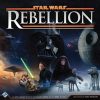










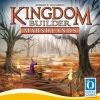



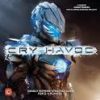







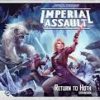
























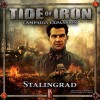

















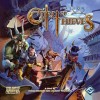



















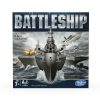



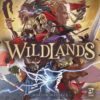


























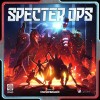


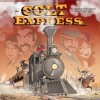















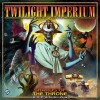




























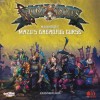

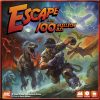






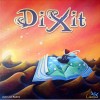









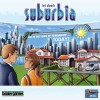































































Azul: Summer Pavillion
As the title says is version of Azul has the strongest element of play of all 3 versions of the game. The game is played over 6 rounds. You have 5 to 9 cardboard discs on the table and start by placing 4 tiles blind drawn from a bag on each disc. Each round 1 color of tile is designated as “wild” that is it can count as any other color when played. Each player has a designated score marker that starts on the score track at 5 points. On your turn you draw all of 1 color plus(if there are any) 1 wild tile from any disc or from the center of the game area if there are any there. Then, if you took from a disc place the unchosen tiles from that disc in the center area of play. Place the chosen tiles next to your playmat and the choice moves to the next player’s turn. Continue this process until all tiles have been chosen. The first player to choose from the center will score negative points(move the marker back but it can not go below 0). You then take turns placing 1 tile on your playmat. Each “flower” has 6 petals with a numeric value of 1-6. To place a tile on a matching petal requires that number of tiles 1 of which is placed on the playmat and the rest are discarded into a cardboard tower. You must have at least 1 of the color you want to play the rest of the needed tiles can be that color or the tiles designated wild for that turn. You will immediately score 1 point for the tile played and 1 for each tile that connects adjacent to it. i.e. if you place one on the 3 space it is 1 point. If you then on a future turn placed one on the 2 or 4 space it is 2 points, however if your 2nd placement was on the 6 space it would only score 1 point. If you maintain the adjacency when you place the 6th petal on a flower it would score 6 points. There is a dark blue flower in the center of the playmat which allows you to place 1 of each color tile as a petal. At the end of the round you may save 4 tiles as unplayed for the next round. At the end of the game any unplayed tiles are -1 point each. For final scoring you get points for each completed flower and for having all of the 1s, 2s, 3s, and 4s which will be 7 of each. Additionally, there is a bonus tile board which has extra tiles on it. When you have played the 5s and 6s of a flower you will get to choose 3 tiles from the bonus board and those spaces are immediately refilled afterwards with blind draws from the bag. There are 2 other figures on your playmat-statues which are surrounded by a total of 4 petals from 2 flowers and when those petals are filled you get to draw 2 tiles; and circles that are also surrounded by 4 petals from 2 flowers and give you 1 bonus tile from the bonus board, but be careful because you can’t choose to refuse your bonuses you must take them and if you end up with unplayable tiles they will be negative points.